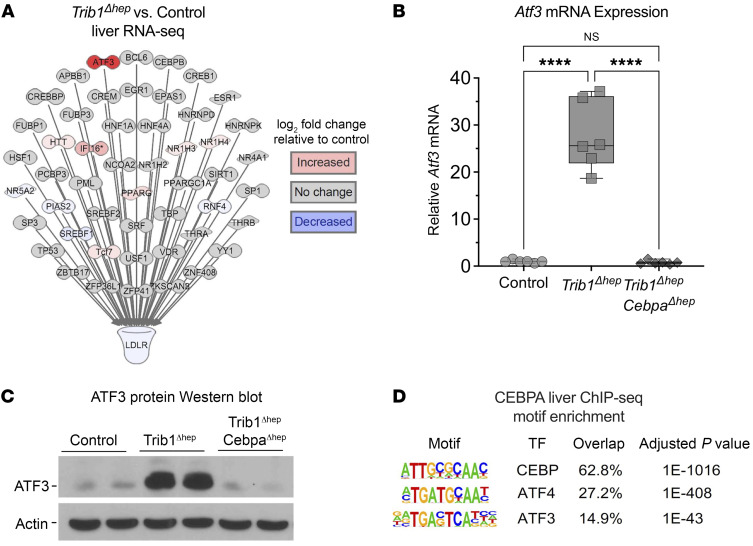Figure 6. Pathway analysis suggests that increased ATF3 contributes to the reduction in LDLR in Trib1Δhep mouse liver.
(A) Ingenuity pathway analysis (IPA) of all predicted liver-expressed ligand-dependent nuclear receptors, transcription factors, and transcriptional regulators upstream of Ldlr (based on IPA knowledge base) overlaid with color-coded mouse liver RNA-Seq data from the comparison of Trib1Δhep transcript abundance to control. Analysis was performed on total liver RNA from chow-fed mice 4 weeks after AAV8-TBG-Cre injection (n = 6). (B) Hepatic transcript levels of ATF3 in chow-fed male mice (n = 6 per group) 4 weeks after injection AAV8-TBG-Cre. (C) Immunoblot of hepatic ATF3 and β-actin, replicated in 3 independent cohorts. (D) Motif enrichment analysis of CEBPα ChIP-seq in Trib1Δhep liver shows significant enrichment of ATF proteins. (B) Box plots indicate median and 25th and 75th percentiles, with whiskers extending to minimum and maximum values. Symbols indicate individual values. Data are expressed as mean ± SEM for the experimental group. Significance was determined by 1-way ANOVA with Tukey’s multiple comparison test (****P ≤ 0.0001).

